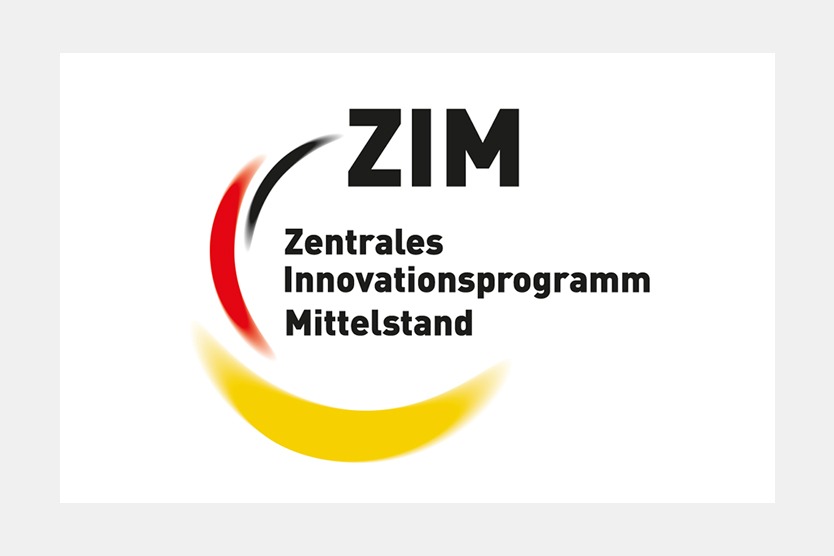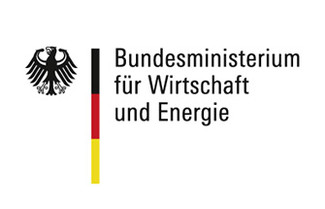ArTiShirt - Mathematische Modellierung der Wärme- u. Feuchtigkeitsübertragung in Aerogel-Faser
Kurzbeschreibung:
Der Klimawandel und der Rückgang der arktischen Eisdecke eröffnen neue Perspektiven für die Erschließung der arktischen Routen und die Ausweitung der Rohstoffgewinnung, was einen wirksamen Schutz der Menschen vor Kälte erfordert. Bestehende Schutzkleidung verwendet wärmeisolierende Komponenten aus verschiedenen Materialien. Eine notwendige Wärmeisolierung wird durch die große Dicke und das entsprechend hohe Gewicht der Kleidung erreicht. Das Projekt zielt auf die Schaffung einer grundlegend neuen Generation von Schutzkleidung aus textilen Fasern, die auf der Aerogel-Technologie basieren. Aerogel hat die geringste Wärmeleitfähigkeit von Feststoffen. In Bekleidungen konnte Aerogel auf Grund seiner besonderen physikalischen Eigenschaften noch nicht verwendet werden. Im Projekt wird damit eine neue Art von Bekleidung mit einer Mindestdicke der Isolierung geschaffen, das damit als arktisches T-Shirt (ArTiShirt) bezeichnet wird. Zusätzlich wird eine neuartige IR-Reflexionsschicht auf Basis von Nickel-Beschichtungen als Innerlayer sowie einer neuartigen Aramidfaser im Outerlayer entwickelt und in die Bekleidung integriert. So werden arktische Temperaturen und Windverhältnisse beherrschbarer.
Die Neuheit des vorliegenden Teilprojekts besteht in der Entwicklung eines mathematischen Modells zur Bewertung der Wärmedämmung von Schutzkleidung des neuen Typs mit einem Aerogel-Wärmedämmstoff. Das mathematische Modell beinhaltet die Bestimmung der Prozesse der Wärme- und Feuchtigkeitsübertragung und berücksichtigt den Prozess des Einfrierens der kondensierten Flüssigkeit in den Oberflächenschichten der Kleidung. Das Modell soll den Wärmeaustausch des Menschen mit der Umgebung bei niedrigen Temperaturen genau vorhersagen. Dadurch wird die Anzahl der notwendigen Experimente und damit die Kosten sowie die Dauer der Arbeiten des Kleidungsentwurfs verringert.
Projektbezogene Veröffentlichungen (Auswahl):
Fachzeitschriftenbeiträge:
Chorny A., Cherunova I., & Kornev N. (2021). Thermophysical interaction in the shoe-foot system during sport activity. International Journal of Heat and Mass Transfer, 176, 121386. DOI: 10.1016/j.ijheatmasstransfer.2021.121386
Cherunova I., Kornev N., Lukyanova E., & Varavka V. (2021). Development and Study of the Structure and Properties of a Composite Textile Material with Encapsulated Heat-Preserving Components for Heat-Protective Clothing. Applied Sciences, 11(11), 5247. DOI: 10.3390/app11115247
Cherunova I., Kornev N., Jacobi G., Treshchun I., Gross A., Turnow J., Schreier S., & Paschen M. (2014). Application of Heat-Transfer Calculations and Computational Fluid Mechanics to the Design of Protective Clothing. Journal of Engineering Physics and Thermophysics, 87, 855-863. DOI: 10.1007/s10891-014-1081-6
Turnow J, Kewitz R., Knochenhauer R., & Kornev N. (2016). Coupling of Human Thermoregulation and URANS Computation for Investigation of Local Heat Transfer and Flow Structures in a Generic Car Cabin. Flow, Turbulence and Combustion, 97(4), 1281–1296. DOI: 10.1007/s10494-016-9780-z
Cherunova, I., Kornev, N., & Brink, I. (2012). Mathematical model of the ice protection of a human body at high temperatures of surrounding medium. Engineering Research (Forschung im Ingenieurwesen), 76, 97-103. DOI: 10.1007/s10010-012-0159-6
Buchbeiträge:
Kornev N., & Cherunova I. (2014). Lectures on computational fluid dynamics - Applications to human thermodynamics. Bookboon.
Konferenzbeiträge:
Cherunova I.V., Stenkina M.P., & Kornev N.V. (2021). Verification of thermal models in the design of personal protective equipment against cold. IOP: Materials Science and Engineering, 1029, 012035. DOI: 10.1088/1757-899X/1029/1/012035
Cherunova I.V., Stefanova E.B., & Tashpulatov S.Sh. (2021). Development of an algorithm for forming the structure of composite fiber insulation with heat-accumulating properties in clothing. IOP Conf. Series: Materials Science and Engineering, 1029, 012041. DOI: 10.1088/1757-899X/1029/1/012041
Cherunova I., Stefanova E., & Radyuhina G. (2020). Method of getting the composite fiber material with functional heat-resistant, heat-accumulating components. IOP Conference Series: Materials Science and Engineering, 1001, 012014. DOI: 10.1088/1757-899X/1001/1/012014
Cherunova I.V., Kuleshova A.A., & Kokuashvili N.B. (2020). The study of urban factors in the human comfort system. IOP Conference Series: Materials Science and Engineering, 962, 032086. DOI: 10.1088/1757-899X/962/3/032086
Cherunova I., Tashpulatov S., & Davydova Yu (2019). Geometric conditions of mathematical modeling of human heat exchange processes with the environment for CAD systems creating heat-shielding clothing. IOP Conference Series: Materials Science and Engineering, 680, 012039. DOI: 10.1088/1757-899X/680/1/012039
Cherunova I., Samarbakhsh S., & Kornev N. (2016). CFD simulation of thermo-aerodynamic interaction in a system humancloth-environment under very low temperature and wind conditions. ECCOMAS Congress 2016 - Proc. VII European Congress on Computational Methods in Applied Sciences and Engineering, Crete, Greece, 5-10 June 2016, Volume IV, 7703 - 7710. DOI: 10.7712/100016.2366.10854
Cherunov P.V., Cherunova I.V., Knyazeva S.V., Stenkina M.P., Stefanova E.B., & Kornev N.V. (2015). The Development of the Research Techniques of Structure and Properties of Composite Textile Materials when Interacting with Viscous Fractions of Hydrocarbon Compounds. Proc. VII International Conference on Textile Composites and Inflatable Structures, Structural Membranes 2015, 19-21 October 2015, Barcelona, Spain, CIMNE, 555 - 564.
Cherunova I., Dhone M., & Kornev N. (2015). Coupled thermo-aerodynamical problems in design of protection cloth. Proc. VI International Conference on Computational Methods for Coupled Problems in Science and Engineering, COUPLED PROBLEMS 2015, Venice, May 2015, 1303-1311.
Cherunova I., Jacobi G., & Kornev N. (2014). Study of human body aerodynamics for protection cloth design. Proceedings of the 6th International Conference on Vortex Flows and Vortex Models (ICVFM Nagoya 2014), November 17-20, 2014, Nagoya, Japan.
Cherunova I., Kornev N., Jacobi G., Treshchun I., Groß A., Turnow J., Schreier S., & Paschen M. (2014). Application of computational fluid mechanics for protection cloth design. Proceedings of the 11th World Congress on Computational Mechanics (WCCM XI), 22.-25.07.2014, Barcelona, Spain, 7262-7273.
Ansprechpartner:
Prof. Dr.-Ing. habil. Irina Cherunova
Tel.: +49 381 498 9531
E-Mail: irina.cherunovauni-rostockde





